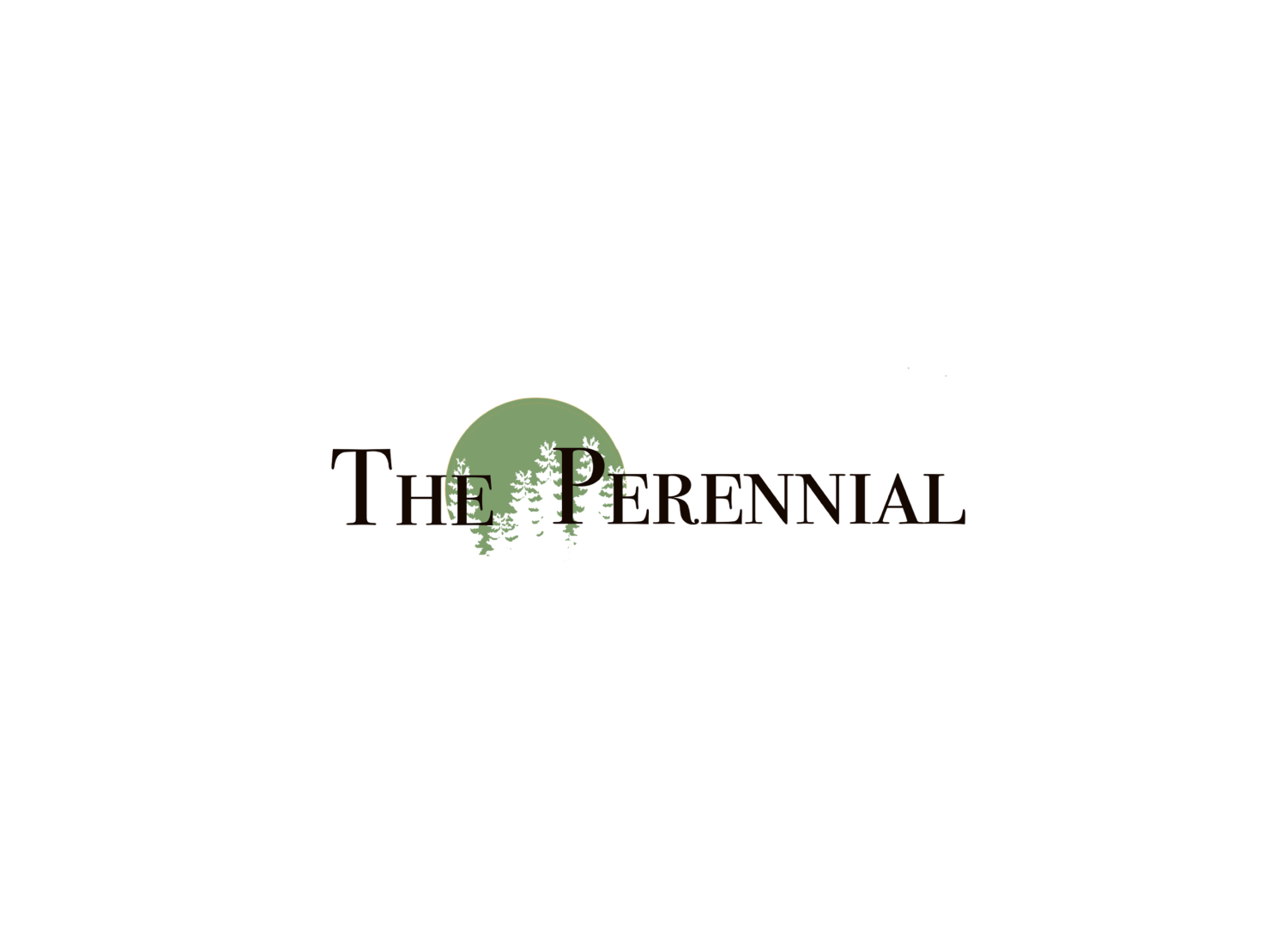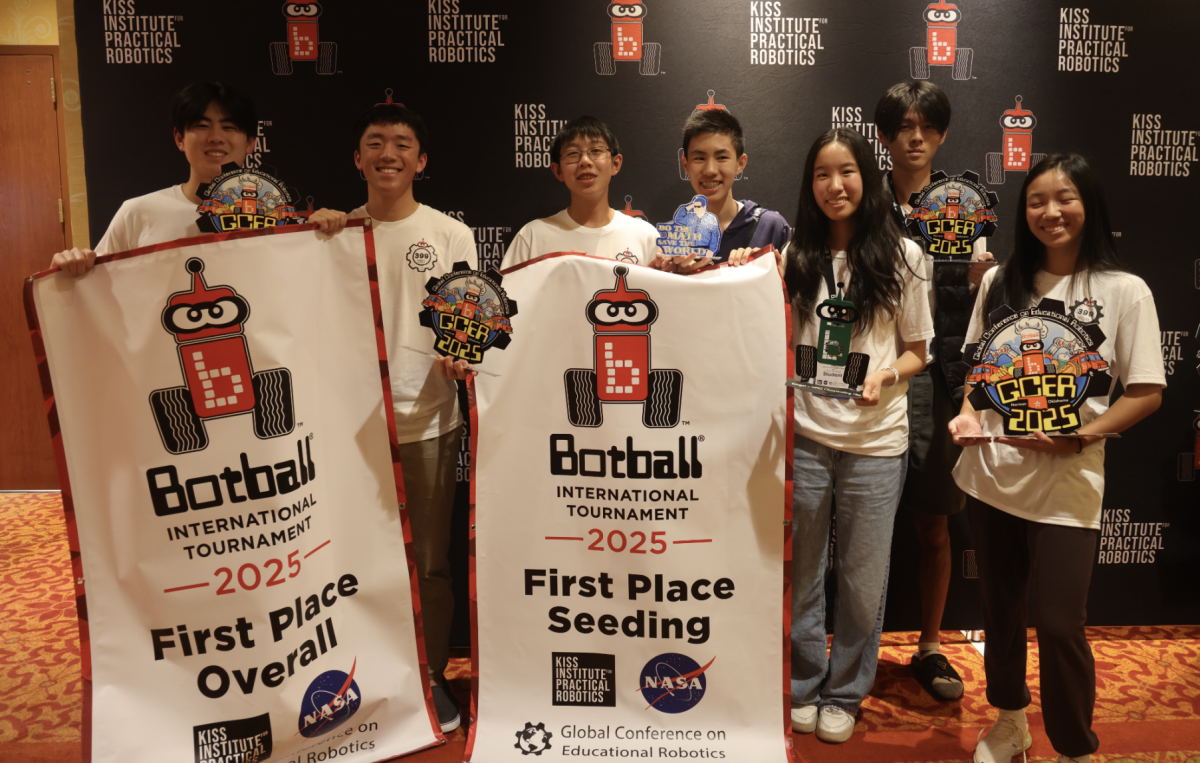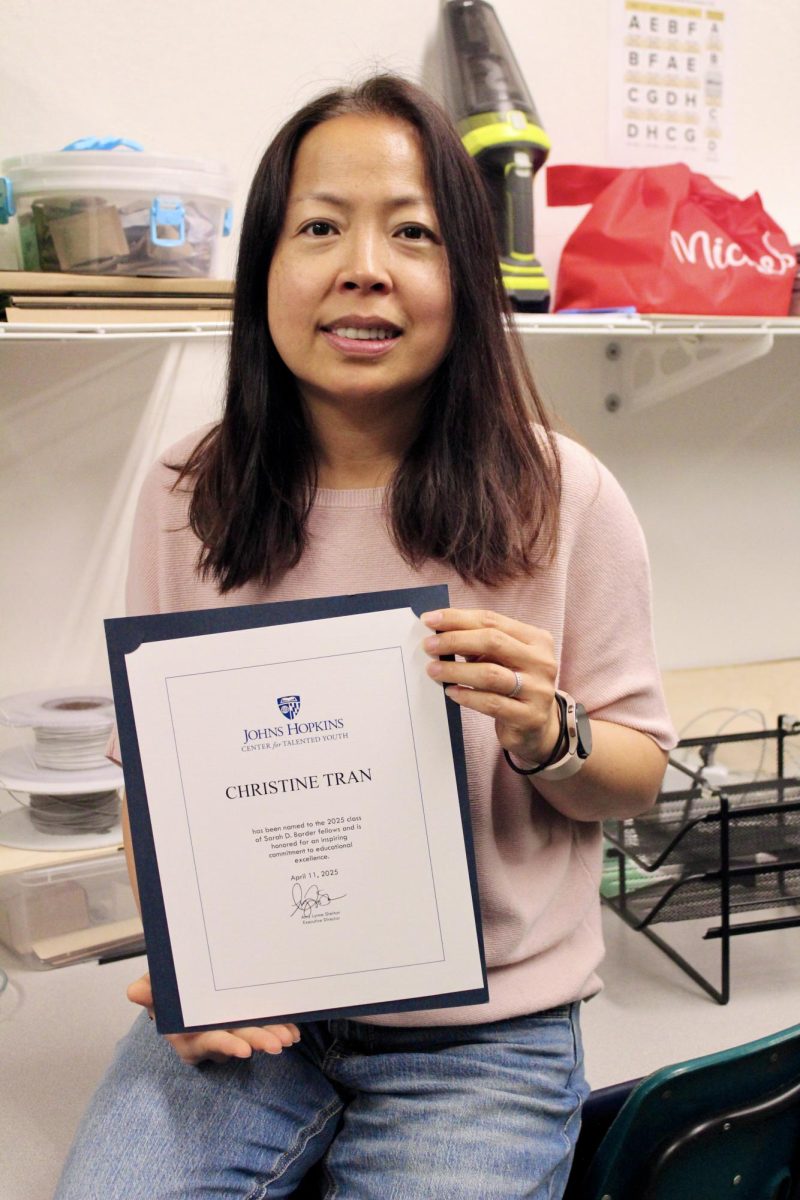When walking into high school biology teacher Monica Ventrice’s classroom, one will notice an array of animal bones furnishing the room, giving her students a more interactive experience with different specimens.
Ventrice has connections with a warehouse in Colorado owned by the United States government, and has the opportunity to keep deceased fish and wildlife specimens in her classroom.
“This is typical for biology teachers,” Ventrice said. “You can order this stuff online but a lot of times it is a replica, so I wanted to have real specimens in my classroom.”
The warehouse issues different permits for different organisms. When Ventrice wants to add a new specimen in her classroom, she sends a request to the warehouse for the specimen, and it is sent to her alongside a permit.
The permit tag states that the specimen belongs to her until she is no longer a teacher. After Ventrice retires, she will either have to transfer the permit for the specimen to another educator or send it back to the warehouse.
Over the years, Ventrice has encountered a wide range of animal parts, such as bowhead whale baleen, sea turtle shells and a walrus skull. The most obscure organism she has had in the classroom is a female California sea lion.
“About 10 years ago my classroom had a whole sea lion,” Ventrice said. “It took months to clean off all the bones, and many students would come and see this sea lion carcass and want to help clean it. Now, Pinewood just has a full sea lion skeleton.”
Ventrice has always loved animals and found biology to be her true passion in college. There, she performed dissections and necropsies on wild specimens such as dolphins, sea lions, birds, fishes and invertebrates such as squid.
“I preferred the wild, salvaged animals for study because learning about their death provided insight into their natural history,” Ventrice said.
To this day, she is infatuated with biology.
“I love biology on the smallest scale and on the largest,” Ventrice said. “I love that the field is expansive and we have so much more to learn. I love that I can read about new discoveries in biology and have my mind blown over and over.”







